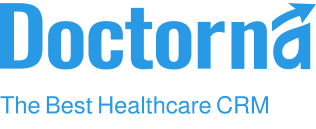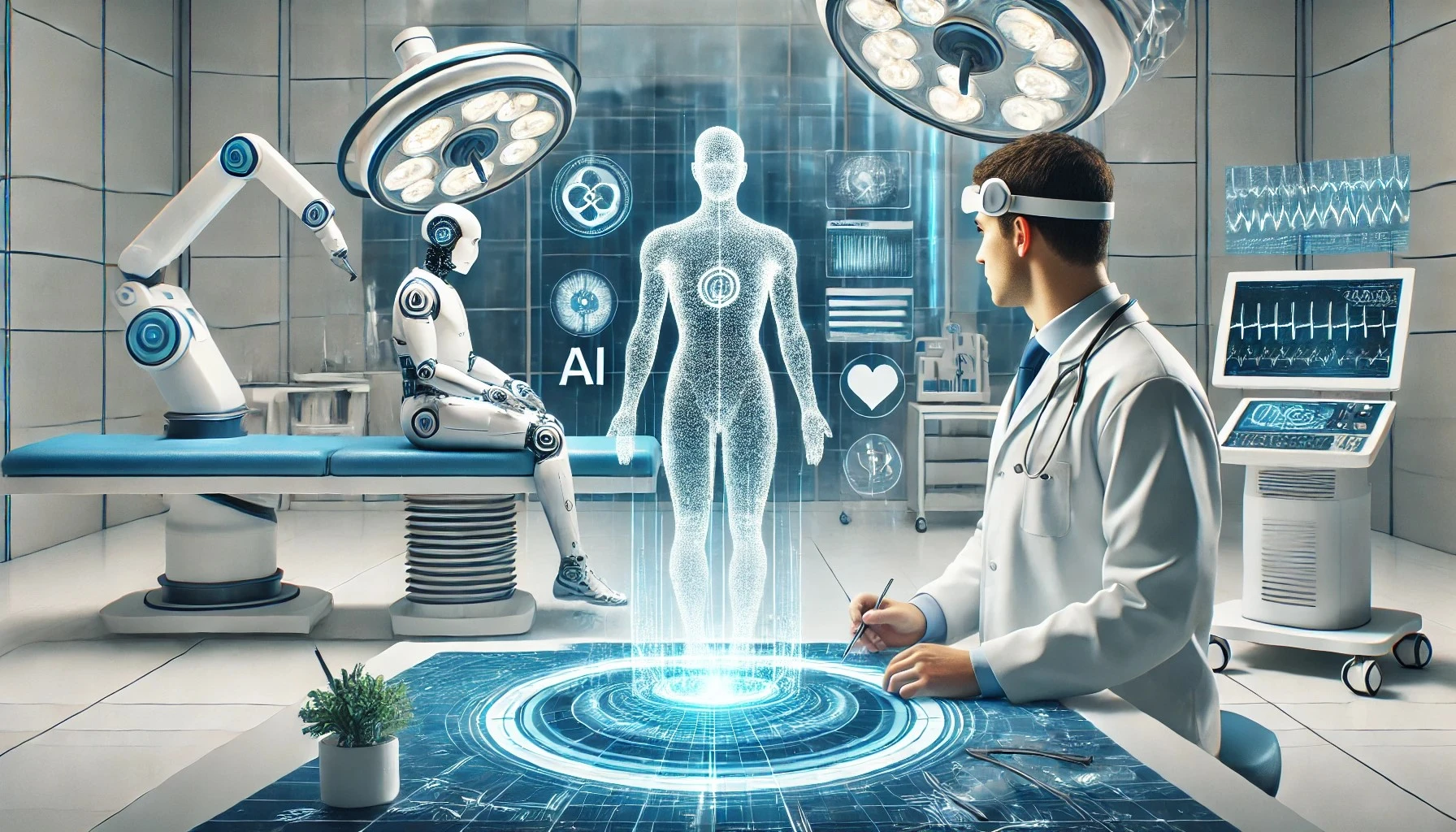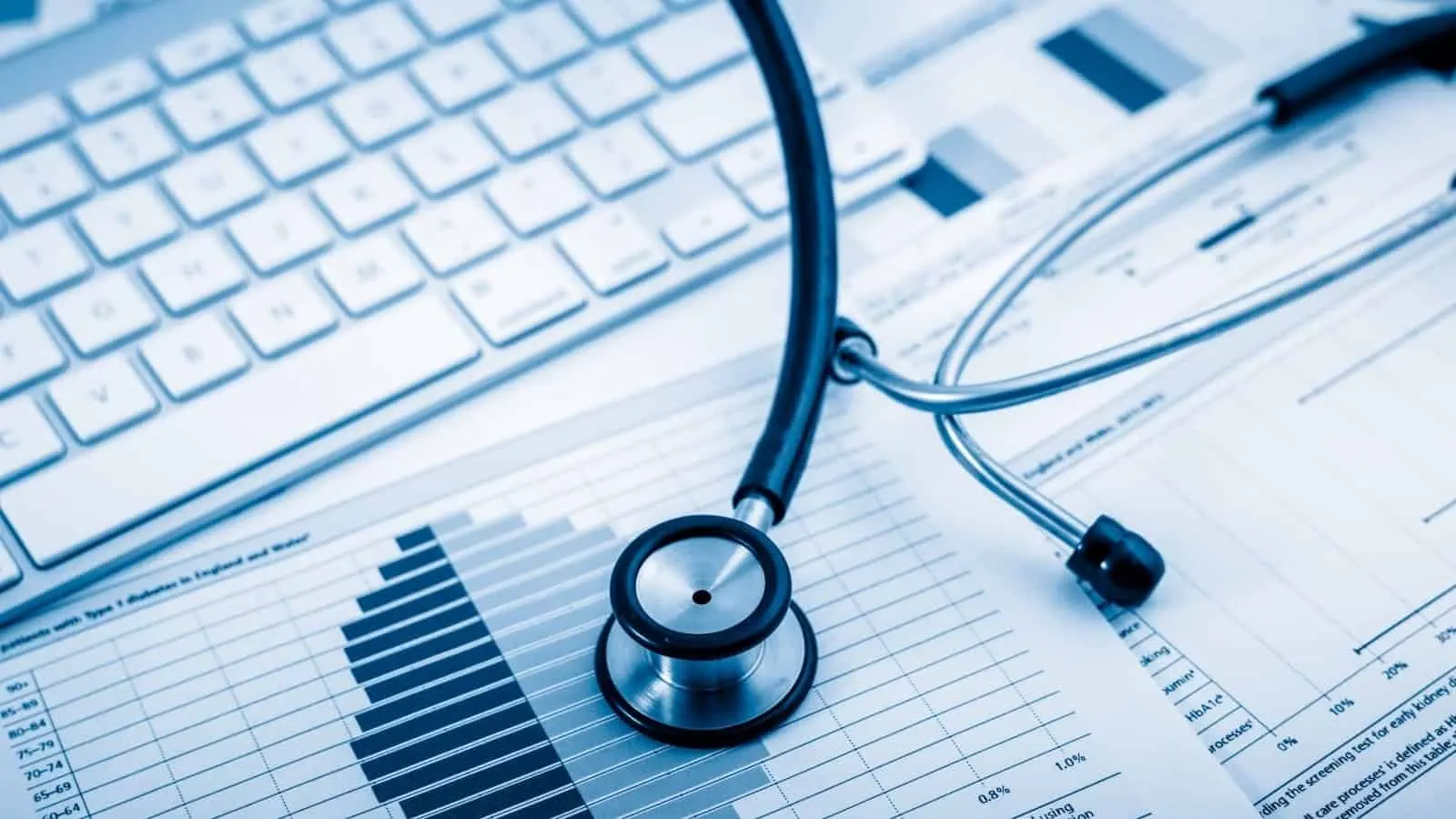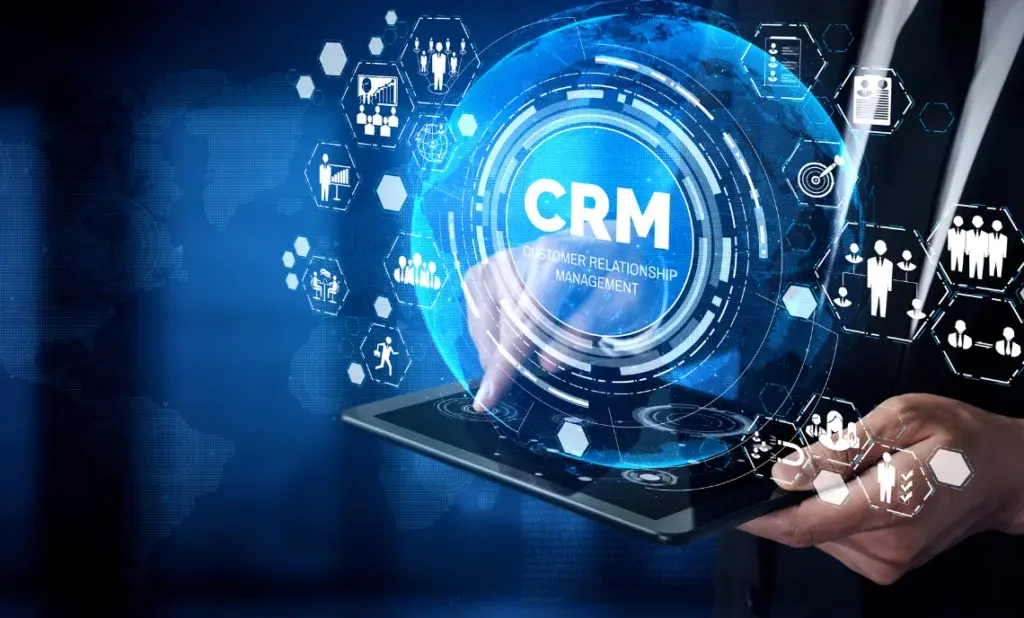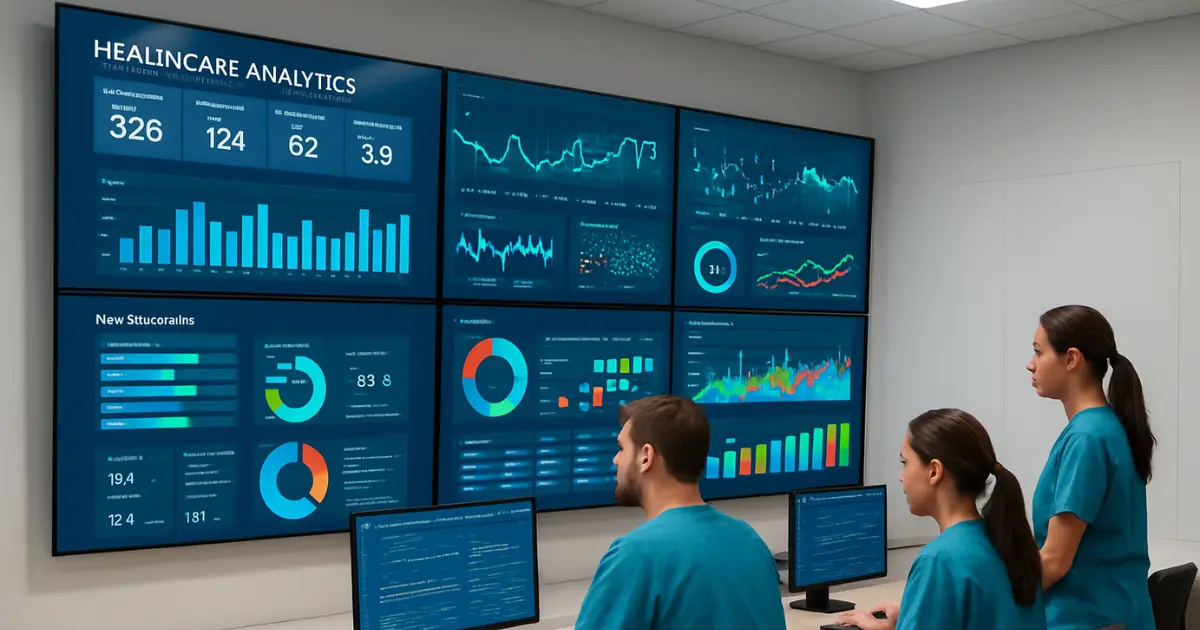In today’s healthcare landscape, managing multiple clinics or healthcare branches efficiently is no small task. As patient expectations rise and data management becomes increasingly complex, healthcare organizations need advanced systems to ensure smooth coordination across all locations. This is where Healthcare Customer Relationship Management (CRM) solutions step in.
A Healthcare CRM is not just a database for patient information—it’s a powerful tool that unites multiple clinics, improves communication, and enhances patient experiences. From synchronizing records to streamlining workflows, CRM technology is transforming how multi-location healthcare organizations operate.
Let’s explore how Healthcare CRMs improve multi-clinic coordination and why they are essential for modern healthcare management.
1. Centralized Patient Data Management
One of the biggest challenges in managing multiple clinics is maintaining consistent, accurate patient information across all branches. Without a unified system, patient records often become fragmented—causing errors, delays, and frustration for both patients and staff.
A Healthcare CRM resolves this issue by creating a centralized patient database that integrates data from all clinic locations. Whether a patient visits a branch in Dubai, Abu Dhabi, or Sharjah, their complete medical history, treatment plans, and communication logs are instantly accessible.
This not only ensures continuity of care but also allows healthcare professionals to make informed decisions based on real-time, up-to-date information. It eliminates duplicate entries and miscommunication, creating a seamless patient experience regardless of location.
2. Streamlined Appointment Scheduling and Coordination
Scheduling appointments across multiple clinics can quickly become chaotic—especially when patients need follow-ups at different branches or specialists. A Healthcare CRM simplifies this process through centralized scheduling features that display real-time availability across all locations.
Staff can easily check which clinic has available slots, book appointments, and even transfer patients between branches without confusion. Automated reminders reduce no-shows and ensure that both patients and doctors stay on schedule.
For multi-specialty healthcare organizations, this coordination means smoother workflows, better resource allocation, and more efficient management of patient traffic between clinics.
3. Enhanced Internal Communication Across Branches
Effective communication is key to multi-clinic success. Miscommunication between branches can lead to missed appointments, inconsistent care, or delays in patient service.
With a CRM system, communication channels are unified. Doctors, nurses, and administrative staff can share patient updates, test results, and treatment notes securely within the CRM. Features like internal chat systems, shared dashboards, and automated notifications keep every team member aligned.
This transparency ensures that even if a patient moves between clinics, their care remains consistent—because everyone involved has access to the same information at the right time.
4. Better Coordination of Care Teams and Specialists
Multi-clinic healthcare organizations often have specialists distributed across different locations. Coordinating patient referrals and specialist consultations can be difficult without a proper system in place.
A Healthcare CRM enables seamless coordination between specialists by integrating referral management tools. Staff can assign cases, track referrals, and monitor progress—all within the CRM. The system also maintains a record of which specialists are available at which clinics, helping staff direct patients efficiently.
This not only enhances care delivery but also prevents scheduling conflicts and unnecessary delays in treatment.
5. Unified Marketing and Patient Engagement Efforts
Consistency in patient communication and branding is crucial for multi-clinic healthcare providers. However, managing campaigns or outreach programs for each clinic individually can be time-consuming and inconsistent.
A Healthcare CRM centralizes marketing and patient engagement activities. It can segment patients by location, demographics, or medical history, allowing targeted communication across all branches.
For example:
- Patients in Dubai might receive updates about a new dermatology clinic.
- Abu Dhabi patients could get reminders for wellness checkups.
- Sharjah patients might be informed about upcoming dental promotions.
This personalized, location-based engagement ensures that every branch stays connected with its community while maintaining a unified brand identity.
6. Data Analytics for Smarter Decision-Making
One of the greatest strengths of CRM technology is its data analytics capability. For healthcare organizations with multiple branches, having access to consolidated performance data is invaluable.
A CRM system provides detailed insights into:
- Patient visit trends across branches
- Appointment and follow-up rates
- Staff performance and workload
- Revenue and operational efficiency per clinic
These analytics allow healthcare administrators to make informed decisions—such as redistributing resources, optimizing staff schedules, or identifying high-performing branches. Data-driven insights lead to improved coordination and long-term strategic planning.
7. Improved Billing and Financial Management
Managing billing and payments across multiple clinics can be complicated—especially when patients receive services at different locations. Discrepancies and delays in billing can hurt patient satisfaction and revenue flow.
A Healthcare CRM integrates with billing and accounting systems to ensure consistent financial management across all branches. It tracks patient payments, insurance claims, and outstanding balances in real time.
Patients benefit too—they can pay at any clinic or through online portals while their records stay updated system-wide. This integration enhances transparency and minimizes administrative errors.
8. Scalability and Growth Support
As healthcare networks expand, scalability becomes a major concern. Manual systems often fail to keep up with growing patient volumes and new clinic openings.
A CRM system is inherently scalable. Whether your healthcare organization operates three clinics or thirty, CRM technology adapts easily. It can integrate new branches into the existing system without disrupting ongoing operations.
This flexibility allows healthcare networks to expand confidently—knowing that their data, communication, and coordination will remain intact and efficient.
9. Enhanced Patient Experience Across All Clinics

Ultimately, multi-clinic coordination is about improving the patient experience. Patients should feel that they are part of one unified healthcare system, not separate entities.
With CRM integration, patients enjoy:
- Seamless transitions between branches
- Consistent care quality
- Quicker appointment scheduling
- Personalized communication and follow-ups
This continuity builds patient trust and loyalty—key factors for long-term success in a competitive healthcare market.
10. Strengthening Compliance and Data Security
Managing sensitive patient data across multiple clinics requires strict adherence to data protection regulations such as HIPAA or local privacy laws. A Healthcare CRM ensures compliance by implementing encryption, access controls, and audit trails.
By keeping all data in one secure platform, healthcare organizations minimize the risk of data breaches or loss. Only authorized personnel can access sensitive information, ensuring that patient privacy is always protected.
Conclusion
Multi-clinic healthcare networks face unique challenges—from data fragmentation and communication gaps to inconsistent patient experiences. Implementing a Healthcare CRM bridges these gaps by creating a unified ecosystem that connects every branch, staff member, and patient.
By centralizing data, improving communication, automating workflows, and providing actionable insights, CRMs empower healthcare organizations to deliver consistent, efficient, and high-quality care across all locations.
In an era where healthcare efficiency and patient satisfaction go hand-in-hand, CRM technology is the backbone of successful multi-clinic coordination—driving both operational excellence and patient trust.
